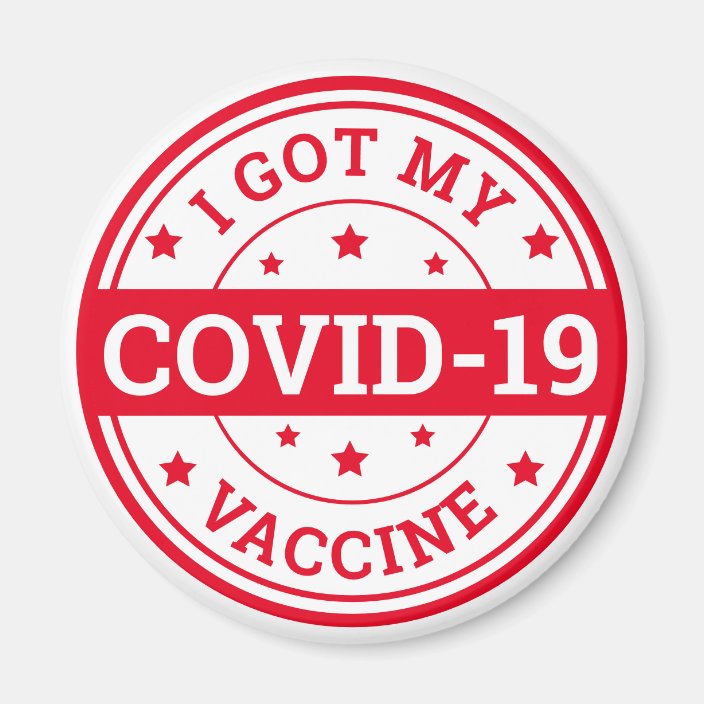
"So the thought that you could precisely pull up the exact volume that's required for a vaccine for an individual and randomly hope that you would get a very small microchip for each and every single person who's intended to be dosed with that vial is just simply not possible."Īside from the problems of size and administration, the Covid vaccines are injected at least an inch into dense muscle, far deeper than the Biohax chips that go just under the skin. "That multidose vial is intended for multiple individuals," said Laurens. The value of the Biohax chips is that each one is unique, but because the Covid vaccines are administered with multidose vials, it's impossible to ensure even a nonspecific chip would end up in each arm. "It's basically getting rid of your wallet and key chain and allowing that microchip to represent whatever cards and keys you have cluttering your pockets," Osterlund said. That's also how the Biohax chips are used. RFID and NFC allow things like paying without swiping a credit card and keyless access to buildings and public transit. They store a tiny amount of data, which can be read by other devices nearby enabled with near-field communication, or NFC, technology. RFID chips have been commercially available since the 1970s. It requires a needle far larger than that used for vaccines, and it's still too small to include a power source or tracking capabilities.
VACCINE MAGNET SKIN
Founder Jowan Osterlund has four under his own skin and has injected about 6,000 devices in people around the world. Swedish start-up Biohax International has developed RFID chip systems that can be injected under the skin. "The individual subcomponents in very, very small chips are small enough, but they need to be attached to everything else that makes them work, that makes them into a device and not just a random floating RFID tag," said James Heathers, chief scientific officer at Cipher Skin, which makes wearable biometric tracking devices. But they only function when attached to a coil antenna that makes the single-chip system about the size of a grain of rice, which would require a syringe about 13 times larger than the one used to inject the vaccines. The smallest radio-frequency identification, or RFID chip, is indeed small enough at 0.125 millimeters.

Meanwhile, a chip with 5G functionality is a little smaller than a penny.

The Covid vaccines are administered with 25- to 22-gauge needles, which have internal diameters between about 0.26 and 0.41 millimeters. "There's lots of stuff that the government can use to track us through our phones, through our credit cards, through other kinds of things.," said Mark Fenster, author of "Conspiracy Theories: Secrecy and Power in American Culture." "The vaccine is the least of your worries."


 0 kommentar(er)
0 kommentar(er)
